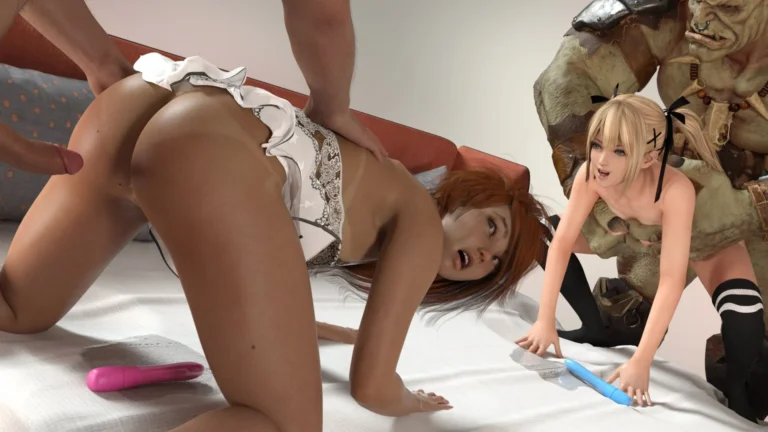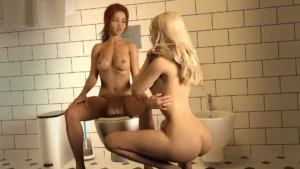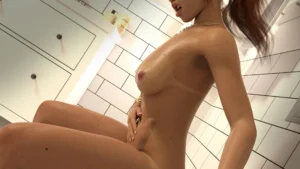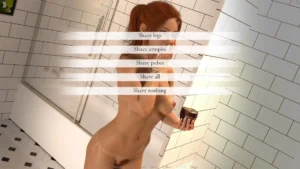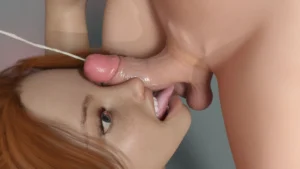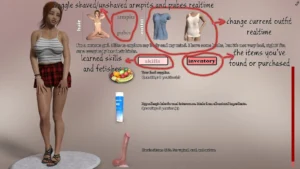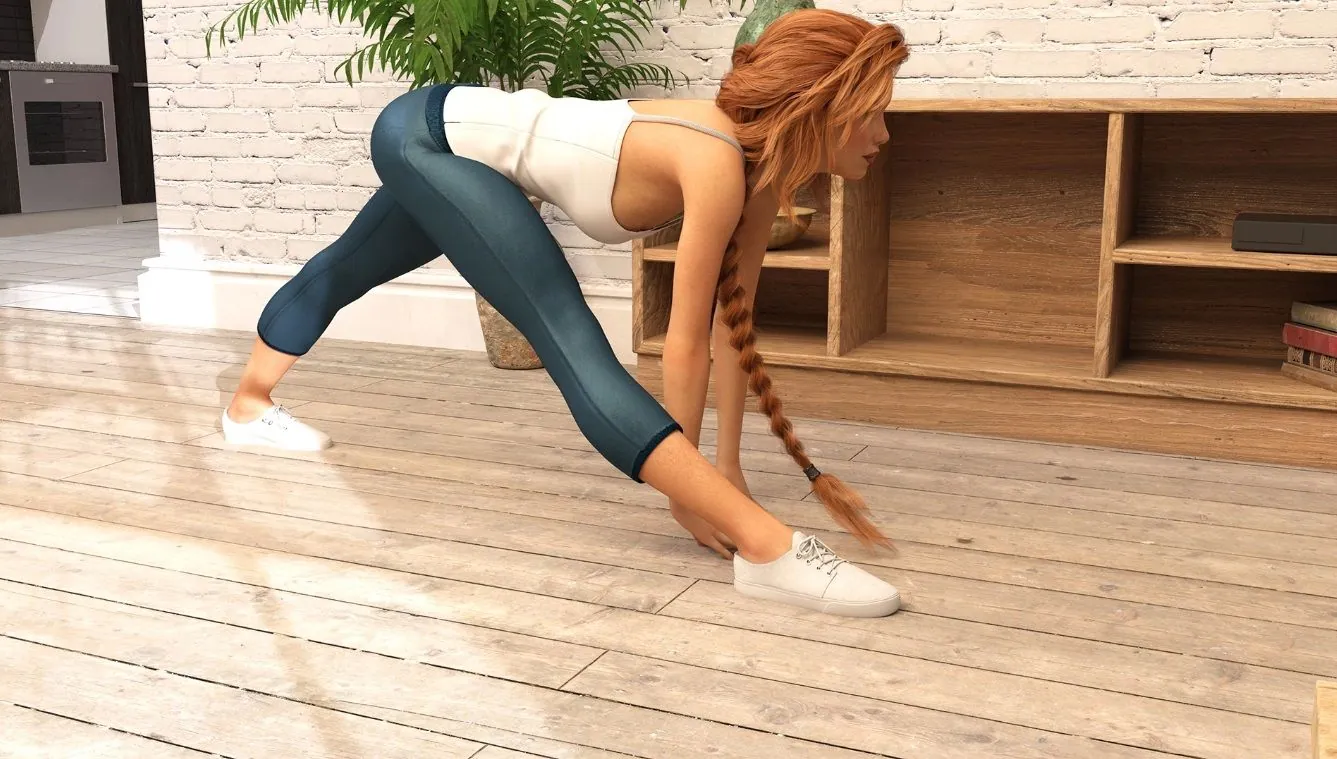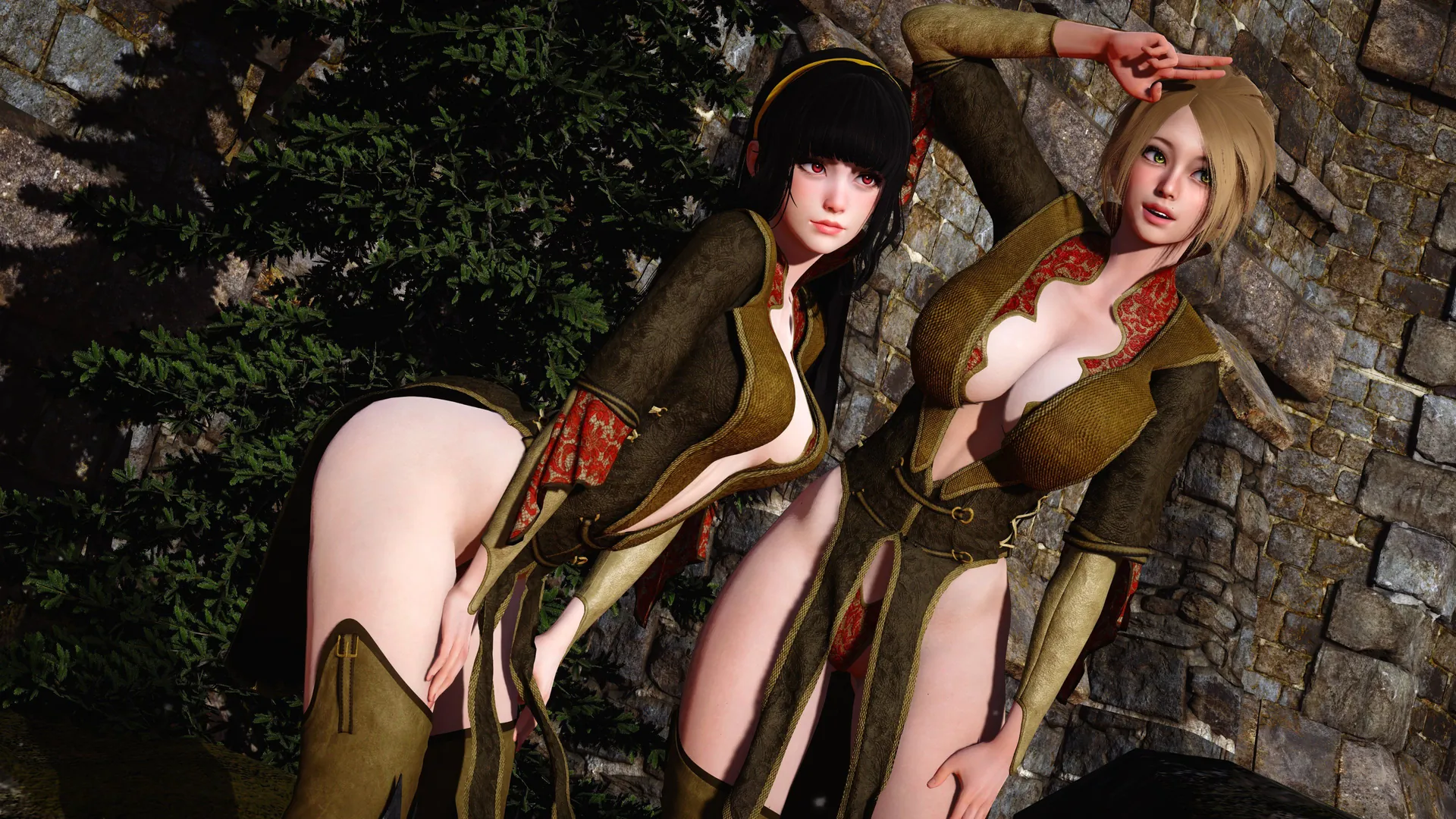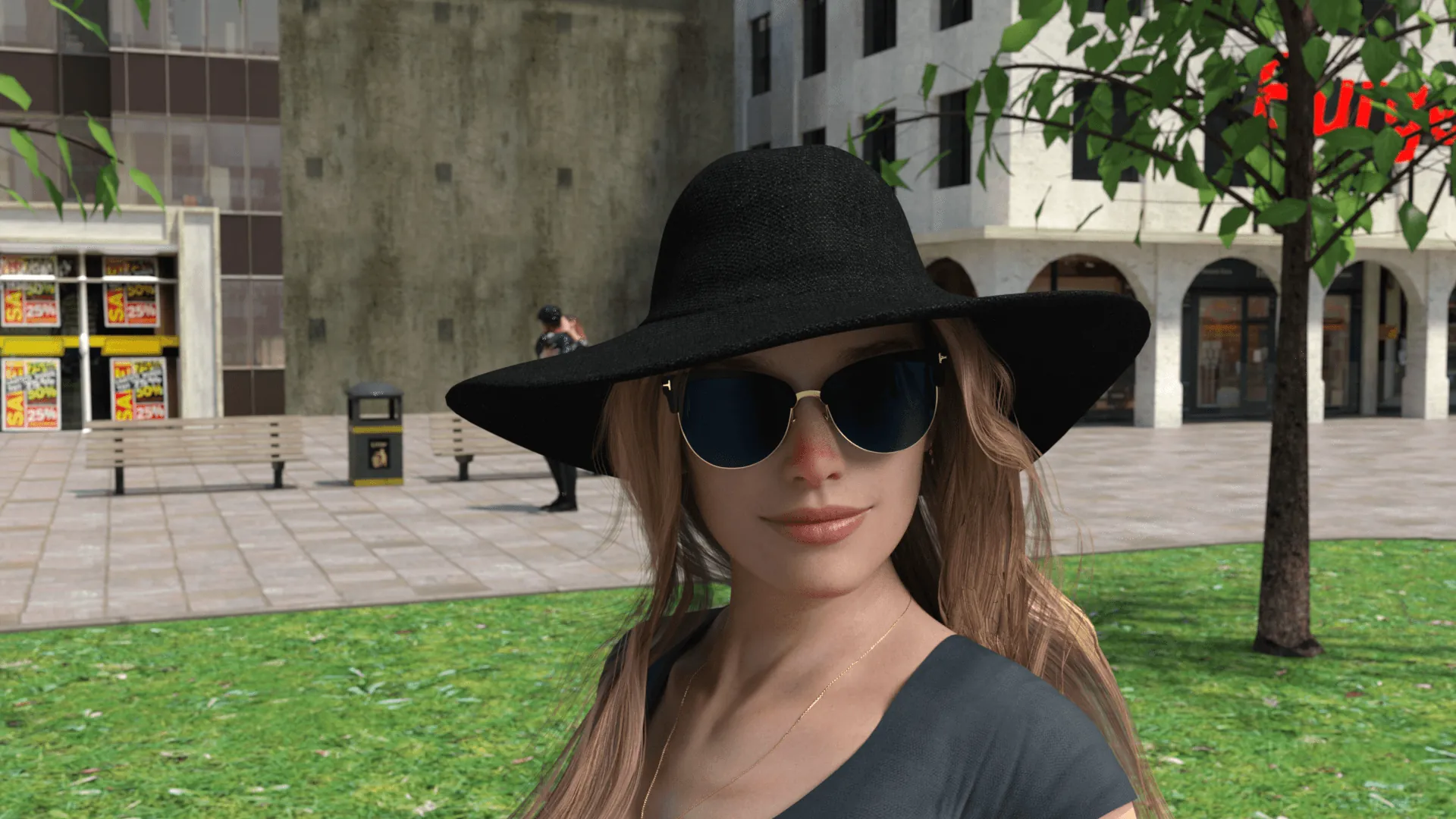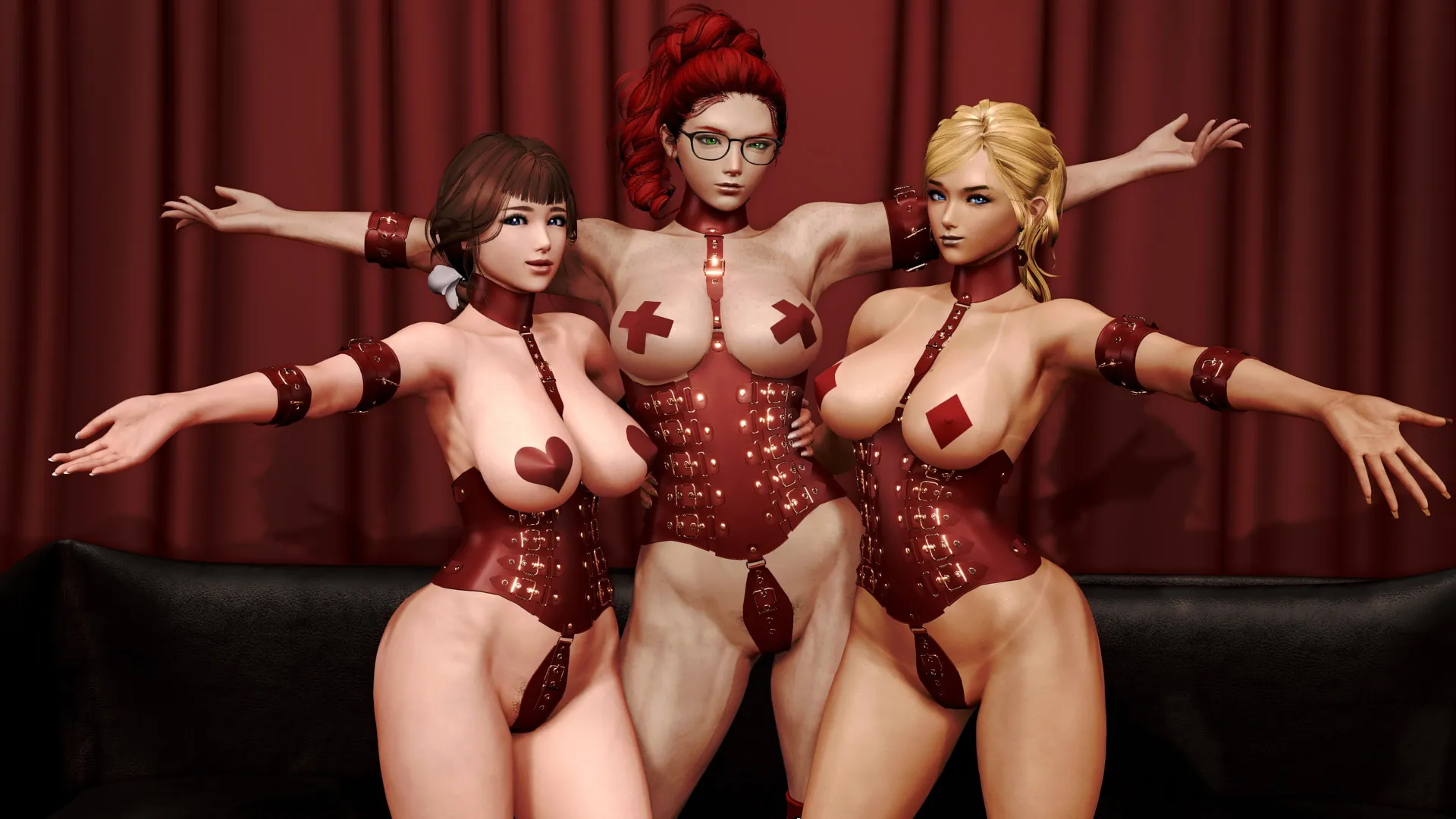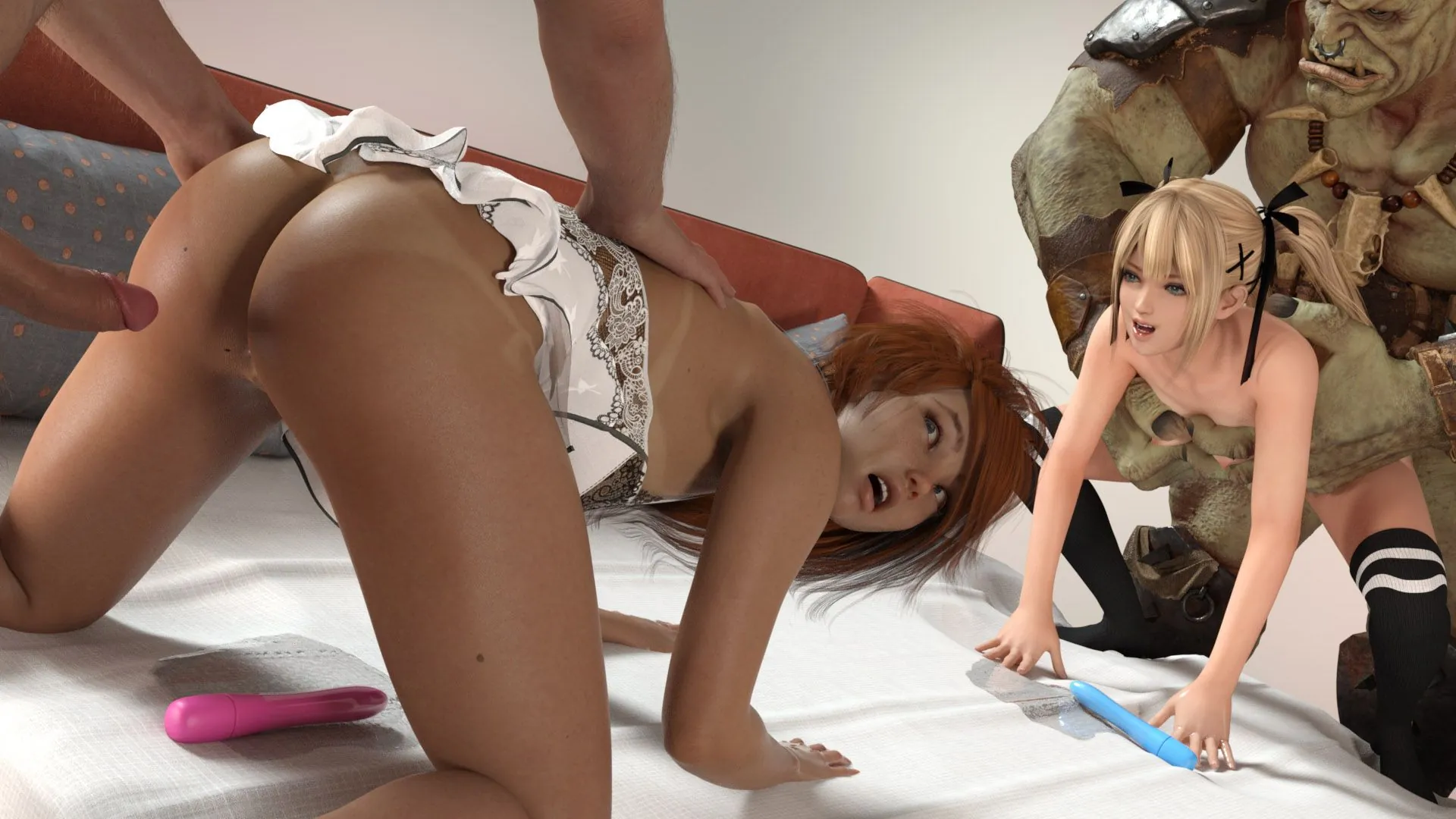
Beauty and the Thug
Play Beauty and the Thug
Beauty and the Thug review
How This Choice-Driven Game Challenges Erotic Storytelling Norms
Beauty and the Thug has sparked intense discussion in adult gaming circles with its ambitious fusion of branching narratives and kink exploration. Unlike typical visual novels, this title challenges players to navigate complex relationships while managing a protagonist’s psychological transformation. Through 60+ hours of content, it blends coming-of-age drama with unconventional romance systems that respond dynamically to player choices. Our analysis reveals why this controversial game demands attention from both critics and mature gamers.
Gameplay Systems and Narrative Architecture
The Psychology of Choice Design
Picture this: you’re staring at your screen, heart racing as your in-game partner leans in for a kiss. But wait—their hands are trembling. Their pupils are dilated. A tiny notification flashes: Hunger 87% | Stress 62%. Do you push forward, or back off? 🕹️💘 Welcome to Beauty and the Thug’s branching narrative paths, where every choice isn’t just about romance—it’s about survival.
This isn’t your grandma’s dating sim. The game’s character psychology mechanics turn interactions into a high-stakes chess match. Developer Mara Voss calls it “emotional algebra”—a system where your love interest’s basic needs (food, safety, sleep) directly warp their reactions. Let me break it down:
- Hunger makes them impulsive, prone to risky decisions
- Stress triggers defensive behavior, shutting down intimacy
- Fatigue leads to emotional volatility (think: crying over spilled wine)
I learned this the hard way during a playtest. I’d spent hours boosting my “Empathy” stat, only to have my character snap at Thug during a vulnerable moment because I’d ignored their sleep meter. The relationship flatlined. Game over. 😬
The genius here? Dynamic relationship modeling ensures there’s no “perfect path.” Want a steamy scene? Cool—but you’ll need to balance their physical needs and emotional thresholds first. It’s like trying to light a candle in a hurricane… if the candle was also judging your life choices.
Stat-Based Progression Mechanics
Let’s talk numbers, baby. 📊💻 Beauty and the Thug’s stat-driven romance system turns flirting into a tactical spreadsheet. Forget grinding for gold—here, you’re grinding for emotional intelligence.
| Stat | Narrative Impact | Hidden Triggers |
|---|---|---|
| Empathy | Unlocks trauma-related dialogues | Fails if Stress >50% |
| Assertiveness | Access to dominant/submissive dynamics | Requires 3+ “Bold Choices” |
| Curiosity | Reveals backstory secrets | Diminishes with Fatigue |
See that “Assertiveness” row? That’s how I accidentally became a BDSM icon during my second playthrough. 🖤 By consistently choosing bold dialogue options (and keeping Thug well-fed), I unlocked scenes that made Fifty Shades look like a Disney flick. But here’s the kicker: stats aren’t just about unlocking content—they change how characters perceive you.
Developer tip: “Treat stats like a personality budget. You can’t max out everything, so specialize. Want a toxic love story? Pump ‘Manipulation.’ Prefer wholesome growth? ‘Compassion’ is your jam.”
Fetish Integration as Character Development
Now, let’s address the elephant in the boudoir. 🐘👠 Beauty and the Thug doesn’t just include mature themes—it weaponizes them for storytelling. The mature content integration here isn’t about shock value; it’s a narrative scalpel.
Take the ‘Fetish Awareness’ metric. This isn’t a simple “kink checkbox.” It’s a evolving tracker that analyzes:
– How often you engage with specific scenarios
– Character reactions (enthusiasm vs. reluctance)
– Long-term relationship consequences
During a pivotal scene, I experimented with Thug’s fear of confinement. By gently introducing restraints after building trust (Empathy Level 4, baby!), the game rewarded me with a heartbreaking monologue about childhood trauma. The spicy content wasn’t the goal—it was the vehicle for vulnerability. 🛠️💔
But let’s get real: the game courts controversy. Certain branching narrative paths can trigger non-consensual scenarios if you ignore consent prompts. While some players argue this mirrors real-life consequences, others feel it limits agency. Developer Jax Teller defends the design: “We’re not here to coddle. If you skip safe words in-game, you’ll face narrative fallout. It’s about accountability, not titillation.”
“Erotic content without character growth is just noise. We want players to feel the weight of intimacy—the good, the bad, and the messy.”
— Mara Voss, Lead Narrative Designer
So, does it work? Honestly? It’s brutal. It’s beautiful. And it’ll make you rethink how games handle desire. 🔥
Final Takeaway: Beauty and the Thug isn’t playing fair—and that’s why it’s revolutionary. By marrying dynamic relationship modeling with unflinching emotional mechanics, it turns smut into art. Just remember: feed your pixels, mind their trauma, and maybe don’t ignore the giant “STRESS CRITICAL” warning. Your virtual love life depends on it. 💻❤️🔥
Beauty and the Thug redefines adult gaming through its daring fusion of psychological drama and interactive kink exploration. While not for every player, its nuanced systems push boundaries in choice-driven narratives. Follow official channels for updates on the expanded romance routes coming Q1 2026, and consider joining the Patreon community shaping future content.
